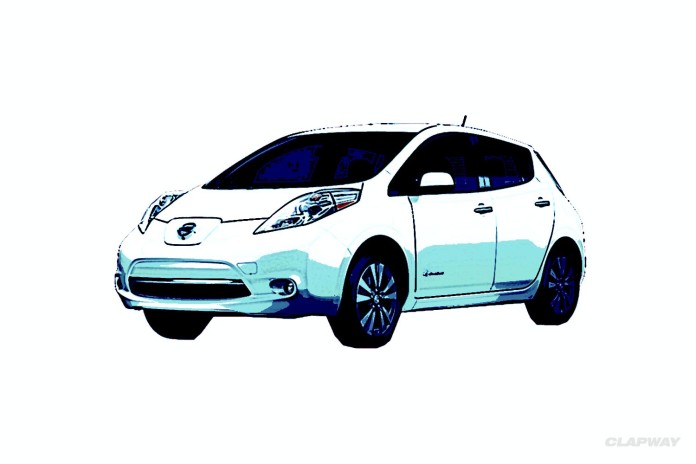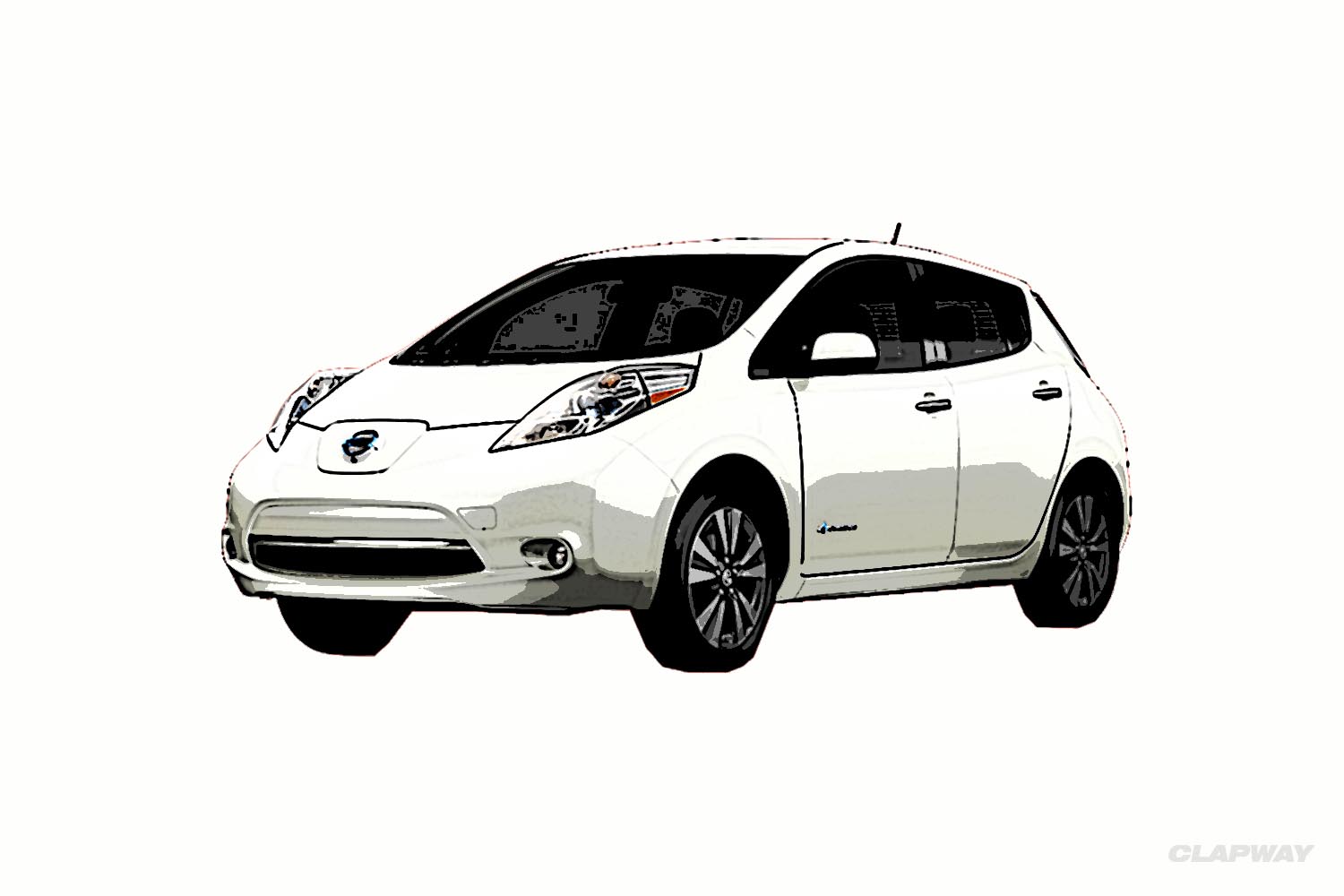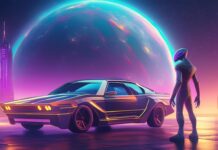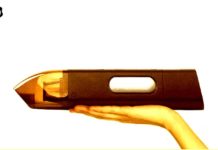
The California Department of Motor Vehicles has reported a car crash from a Nissan Leaf while it was in self-driving mode. What does this mean for Google and Tesla?
Nissan Leaf Crashes While On Cruise Automation on January 8
The car was in self-driving mode while on the roads of San Francisco, but it started waning sideways. The driver took control of the car again, but did not deactivate Cruise Automation and the car hit a parked Toyota Prius nearby. Both cars were damaged, but the driver was not injured.
Is Self-Driving Technology Not Good Enough?
This Nissan Leaf accident brought a lot of spotlight on the reality of self-driving technology. Right now, it looks like it’s too soon to input the technology on existing cars. The technology is much more complex than anticipated, and it definitely still has room for error. Tesla has brought in a lot of innovation with electric vehicles, but it may be too soon for them to announce autonomous models of their cars. Google isn’t planning on commercializing the Google self-driving car officially, but it could also be in the works.
Google Has Been on the Self-Driving Car for Years
Google doesn’t play around, at least not in an unprofessional way. The Google self-driving car has logged more than one million miles on California roads, so if anyone’s got the recipe for perfection, it’s them. Tesla might give them contestable competition, but if Google makes a commercial autonomous car, they will definitely be raking in profits. The Google self-driving car has only been in accidents when a human driver is behind the wheel, and if that’s not convincing enough, the company recently teamed up with Ford to do research and development on artificial intelligence and autonomous driving technology.
Tesla is the hottest ticket in the automotive industry lately, and they recently brought in an Autopilot feature in one of their car models. It can even switch lanes by itself with just the hit of the blinkers. They have openly acknowledged that the technology exists, but that it’s still very young. It still needs to be regulated by government authorities and tested extensively before the need for a driver is completely eliminated from a car – and can be openly sold to the masses.


















